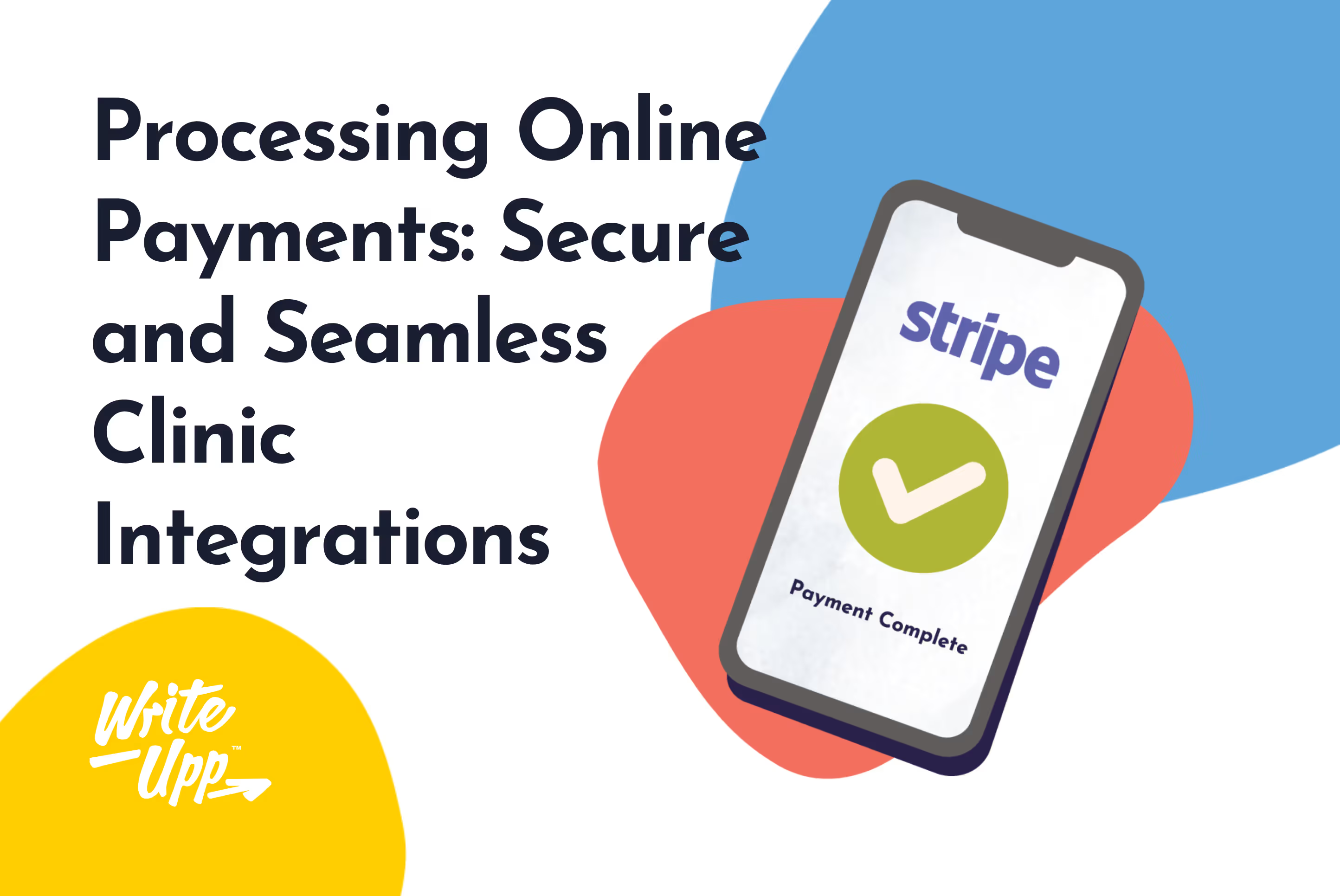In today's healthcare world, where patient experience is front and centre, understanding what truly satisfies patients has never been more essential. Patient satisfaction surveys aren't just a tool—they're a lifeline for healthcare providers aiming to elevate the quality of care and foster trust. But here's the catch: simply having a survey isn’t enough. The real challenge lies in crafting questions that resonate with patients and deliver meaningful insights.
These surveys go beyond gathering feedback—they provide a unique window into the patient's perspective, offering valuable information on everything from the quality of care to the overall impression of the healthcare environment. With the right approach, they become a powerful bridge between patients and providers, helping to uncover areas for improvement that directly impact patient outcomes and retention.
But the secret to success is in the design. Surveys must align with the healthcare facility's goals, asking the right questions in the right way while respecting the patient’s time and experience. A well-thought-out survey can drive continuous improvement, ensuring care remains patient-centred and focused on building lasting, positive relationships.
By investing in smarter, more effective patient satisfaction surveys, healthcare organisations improve care and create an atmosphere where patients feel heard, valued, and truly cared for.
The Dos of Designing a Patient Satisfaction Survey
Creating a patient satisfaction survey that captures valuable feedback is no small task. To ensure it drives meaningful insights and continuous improvement in healthcare, there are a few essential “dos” you should follow:
1. Keep it Short and Focused
Respect your patients’ time by making the survey concise and to the point. Choose questions directly related to patient care and their overall healthcare experience, avoiding anything that feels redundant or unnecessary. A shorter survey means a higher response rate!
2. Use Clear and Simple Language
Avoid medical jargon or overly complex terms that might confuse your respondents. Instead, use straightforward language that’s accessible to all patients. The goal is to ensure that every patient—regardless of background—can easily understand and answer the questions.
3. Ensure Anonymity
Patients should feel secure in providing honest feedback without fear of judgment. By guaranteeing anonymity, you create an open environment where they can share both positive and negative experiences, which leads to more genuine and valuable insights.
4. Test Before Launching
Before rolling out your survey, test it! Whether on paper or online, a test run helps identify unclear questions or technical glitches. This ensures the survey is smooth, functional, and easy to complete, encouraging higher participation rates.
The Don'ts of Designing a Patient Satisfaction Survey
Creating a patient satisfaction survey requires careful attention to detail, especially when avoiding common mistakes that could undermine the quality of the feedback. Here are some important “don’ts” to keep in mind:
1. Don’t Overload the Survey with Too Many Questions
A long, exhaustive survey can overwhelm patients, leading to incomplete responses or lower participation. Keep your survey concise and focused, with only the most relevant questions. This increases the chances of patients completing the survey and providing actionable feedback.
2. Don’t Use Leading Questions
Avoid phrasing questions in a way that suggests a particular answer. Leading questions can bias the responses, giving skewed results that don’t reflect the true patient experience. Your goal is to gather honest, unbiased insights that lead to meaningful improvements.
3. Don’t Ignore Timing
Timing is everything when distributing your survey. Sending it too soon after a patient’s visit may not give them enough time to reflect, and sending it too late could affect recall accuracy. Find the right window to ensure you capture the most accurate and thoughtful feedback.
Patient Satisfaction Survey Template
Here's a typical patient satisfaction survey template which you can use in your practice.
We value your feedback and are committed to improving the quality of care we provide. Please take a few minutes to complete this survey. Your responses are confidential and will help us enhance your experience with us.
1. Overall, how satisfied were you with your experience at our practice?
- ☐ Very satisfied
- ☐ Satisfied
- ☐ Neutral
- ☐ Unsatisfied
- ☐ Very unsatisfied
2. How would you rate the ease of scheduling your appointment?
- ☐ Excellent
- ☐ Good
- ☐ Fair
- ☐ Poor
3. How would you rate the communication from our staff (before, during, and after your visit)?
- ☐ Excellent
- ☐ Good
- ☐ Fair
- ☐ Poor
4. How satisfied were you with the cleanliness and comfort of our facility?
- ☐ Very satisfied
- ☐ Satisfied
- ☐ Neutral
- ☐ Unsatisfied
- ☐ Very unsatisfied
5. How would you rate the level of care and attention you received from your healthcare provider?
- ☐ Excellent
- ☐ Good
- ☐ Fair
- ☐ Poor
6. Did you feel your concerns and questions were addressed during your visit?
- ☐ Yes, completely
- ☐ Yes, partially
- ☐ No, not at all
7. Were you provided with clear instructions for any follow-up care or treatment?
- ☐ Yes
- ☐ No
8. Is there anything we could do to improve your experience? (Optional)
[Open text field]
Thank you for your feedback!
This form template is easy to customise based on your practice’s needs and can be integrated into your practice management software for efficient data collection.
Analysing and Acting on Survey Results
Upon collecting patient satisfaction survey data, analyse the results to drive improvement in patient care.
Private practitioners often use tools and software designed for data analysis to analyse the responses from various survey methods.
To turn insights into actionable changes, you should:
- Identify Key Themes: Group similar feedback to discern commonalities in patient experience.
- Quantitative Analysis: Use statistical tools to analyse response rates and quantifiable data.
- Qualitative Evaluation: Analyse open-ended feedback for qualitative insights into patient care.
- Benchmarking: Compare data against industry standards or past survey responses.
- Report Findings: Summarise key insights for healthcare staff and stakeholders.
- Develop Action Plans: Create targeted strategies based on the feedback for continuous improvement.
- Implement Changes: Apply the strategies to areas needing enhancement in the patient-centered care process.
- Close the Feedback Loop: Inform patients about the improvements made based on their valuable feedback, which builds trust and encourages future engagement.
Remember, the ultimate goal is to promote a positive healthcare experience by translating valuable insights into patient-centred care initiatives.
Common Mistakes to Avoid
When designing a patient satisfaction survey, common mistakes can skew results and decrease the usefulness of the data collected. These errors can be mitigated with the following solutions and best practices:
- Vague Questions: Avoid ambiguous terminology that could confuse patients. Use clear and concise language in questions to ensure accurate understanding and responses.
- Overly Long Surveys: Long surveys often deter patients from responding. To improve response rates, keep your survey short and focused on key areas of patient care.
- Ignoring Demographics: Failure to account for the diverse backgrounds of your patient population can lead to unrepresentative feedback. Include demographic questions to contextualise responses and tailor services accordingly.
- Limited Distribution Methods: Relying solely on one format, like paper surveys, can exclude portions of the patient population. To reach a broader audience, use a mix of online, phone, and paper surveys.
- No Follow-Up Plan: More than merely collecting feedback is needed; having a plan to close the feedback loop is essential. Establish processes for analysing the data, sharing findings, and implementing changes based on actionable feedback for continuous improvement.
Provide Patient Satisfaction with WriteUpp
Practice management software is a game-changer for healthcare professionals, offering a range of tools to streamline operations, improve patient care, and optimise overall efficiency. Integrating essential functions into one platform allows practices to focus on what matters most—providing quality care. Here are some of the standout benefits:
1. Customisable Forms for Patient Communication
One key feature of top practice management software is the ability to create customisable forms, including patient satisfaction surveys. Tailor these forms to suit your practice’s unique needs, ensuring the feedback you collect is relevant and actionable. This empowers you to understand better and respond to your patients’ experiences.
2. Real-Time Data Analysis
Access to real-time analytics is a vital benefit of practice management software. By analysing patient feedback and other data points immediately, healthcare organisations can make swift adjustments to improve the patient experience. Timely insights lead to more informed decisions and continuous improvements in care delivery.
3. Streamlined Operations and Improved Efficiency
From scheduling appointments to managing patient records, practice management software simplifies everyday tasks, saving time and reducing administrative burdens. This efficiency frees up more time for healthcare providers to focus on patient care, enhancing the overall quality of service.
By leveraging practice management software's full capabilities, private practitioners can streamline their operations, enhance patient engagement, and foster a positive healthcare experience.
Ready to see the benefits for yourself? Sign up for a free 30-day trial of WriteUpp today, or grab us for a live chat.



Join over 50,000 clinicians that we've helped using WriteUpp
Start my free trial






